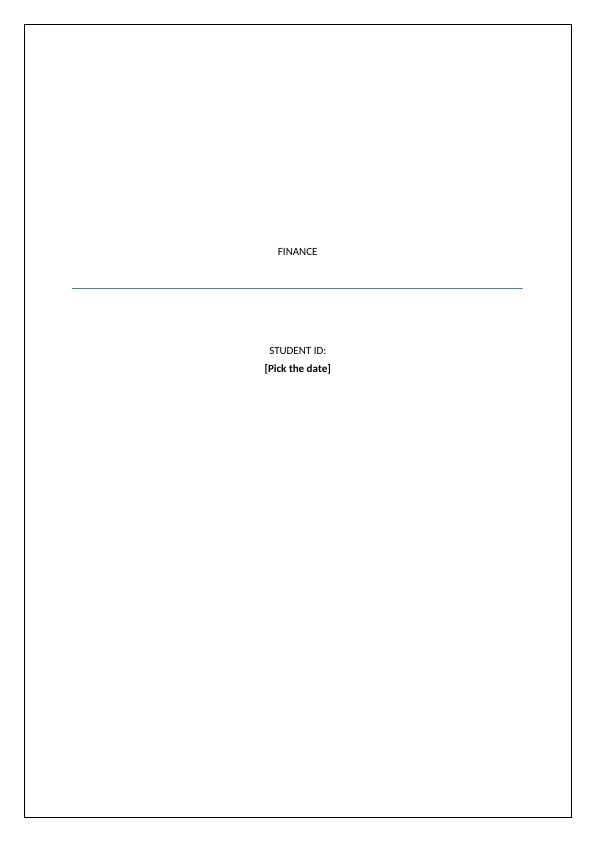Financial Analysis of a Company: Ratios and Losses
Added on 2023-06-12
4 Pages742 Words260 Views
End of preview
Want to access all the pages? Upload your documents or become a member.
Financial Ratio Analysis of Aurizon Holdings Limited
|6
|1340
|115
FINANCE FOR BUSINESS.
|5
|877
|4
Financial Analysis of a Company: Profitability, Leverage, Efficiency and Liquidity
|5
|667
|318
Auditing and Assurance Assignment
|5
|1565
|184
Accounting for Business: Analysis of Financial Ratios and Revenue Recognition
|6
|1433
|162
(Solution) Assignment on Ratio Analysis
|3
|556
|25

